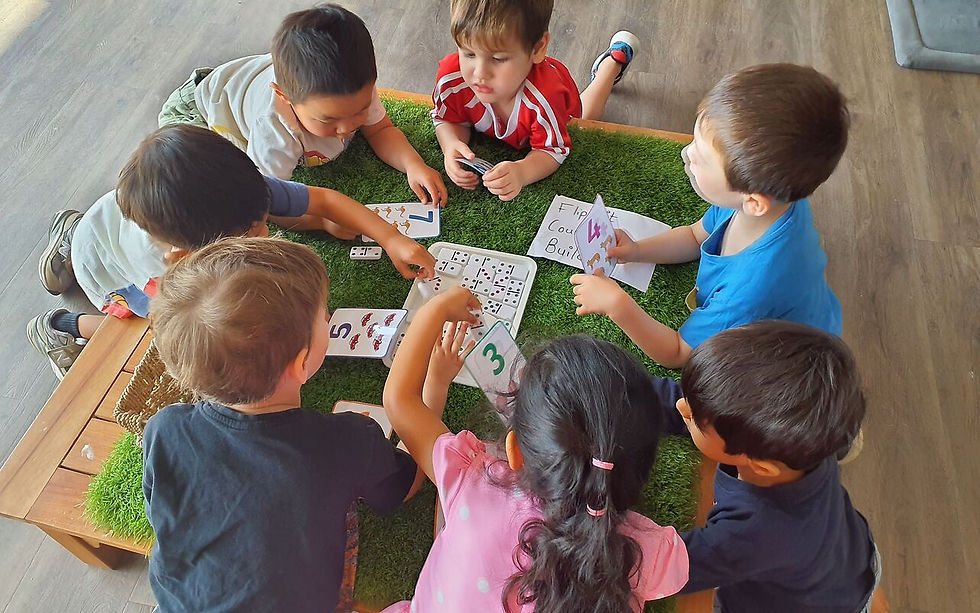Time to Say Goodbye to the Bottle? Here’s What You Need to Know
- Discover My World

- Jun 17
- 2 min read
Written by: Miss Ash
Here’s what you need to know about weaning your child from the bottle — when to start, why it matters, and how to make the transition a smooth one. As children grow, so do their nutritional and developmental needs. One important milestone along the way is weaning from the bottle. While this transition can feel daunting at first, with the right guidance and a bit of patience, it can be a smooth and positive experience for both children and their families.
At Discover My World, we prioritise each child’s health and wellbeing. Through our thoughtfully planned routines and freshly prepared meals, we aim to support growing bodies and minds—always taking into account individual dietary and medical needs.

Why Weaning Matters
Prolonged use of a bottle, especially beyond 12 months of age, can impact children’s health and development in a number of ways:
Dental health: Extended bottle use increases the risk of tooth decay, particularly when children fall asleep with a bottle or sip milk frequently throughout the day.
Nutrition: Milk is filling. Too much can reduce a child’s appetite for nutrient-rich solid foods, leading to iron deficiency and other dietary imbalances.
Speech development: Using a bottle for too long can affect the development of a child’s mouth, jaw, and teeth. This, in turn, can delay speech and language progress.
When to Start the Transition
Most babies can begin exploring cups around 6 months of age, especially once solids have been introduced. By 12 months, children can typically start using open cups or free-flow sippy cups. These cups encourage sipping rather than sucking—a motion that is better for both dental development and oral muscle strength.
Signs your child might be ready to wean from the bottle include:
A growing interest in solid foods over milk
A predictable daily routine for meals and snacks
Demonstrating independence and curiosity with self-feeding
Tips for Weaning Success
Start early and gently: Introduce a cup at around 6 months. Even allowing your child to play with an empty one can help build familiarity and confidence.
Pick a calm time: Avoid beginning this transition during periods of big change (such as moving house, starting childcare, or welcoming a new sibling).
Stay consistent: Children thrive on routine. Offer the cup regularly during mealtimes and slowly reduce bottle feeds, starting with the least important one (usually midday).
Be patient and encouraging: Praise small efforts, model cup use yourself, and trust in your child’s ability to adapt.
We're Here to Help
At DMW, we understand that every child is unique, and we’re here to support families through all the little (and big) transitions. If you’d like to chat with one of our educators about your child’s development, mealtime routines, or anything else, we’re always happy to help.
Together, we can support your child’s healthy growth—one step (or sip!) at a time.
Reference:
Caring for Children: Birth to 5 Years – NSW Health





Comments